A quilted Pekka jacket - guest blogger
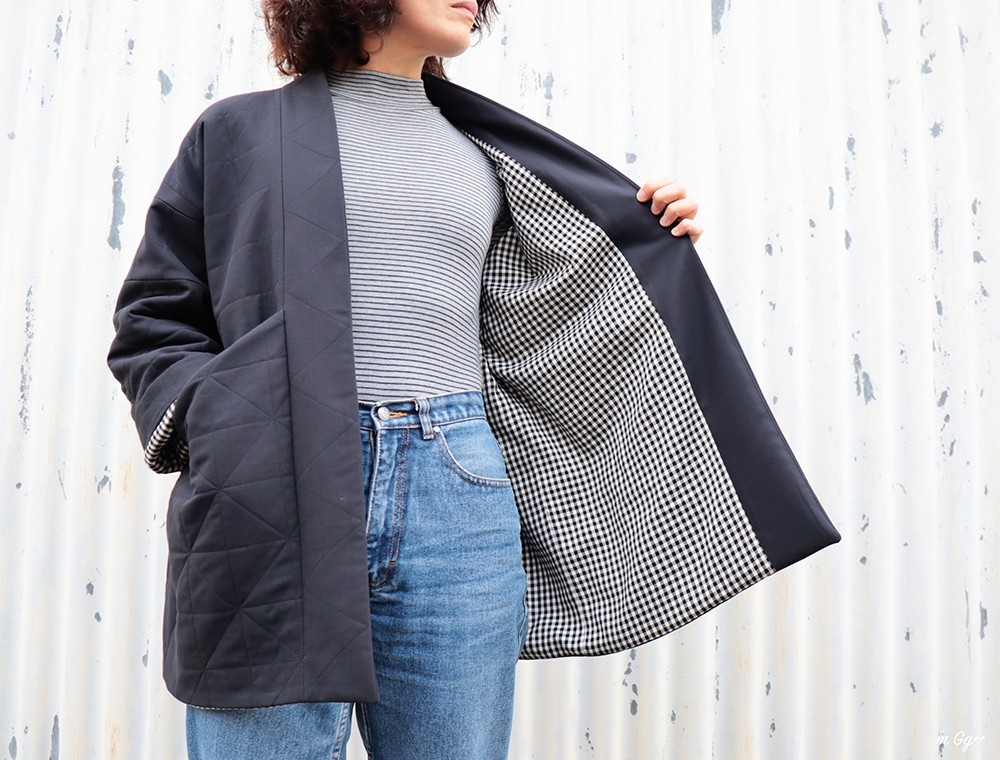
I am delighted to share some pretty exciting news with you. Sarting from today, I will welcome paid guest bloggers on my journal !
My intention has always been to design patterns for a variety of bodies, with different fabrics, but it’s difficult for me as a one-person company to coordinate and pay more than two models, and sew multiple prototypes for each pattern launch. I know how important it is to see different versions of a pattern for my customers so I've decided to welcome paid guest bloggers for each pattern launch !
Today we welcome Emilie (@mggplusplus) for the Pekka jacket.
![]()
Introduction
Self-taught, I’ve been passionate about the world of couture for close to ten years. Today, most of the clothes that I wear are handmade. I base them on commercial patterns or on tailor-made ‘basic patterns,’ as I know a bit about model making. I attach great importance to the finishing touches of a garment, which should be as beautiful outside as inside.


 The brand
The brand
Ready To Sew is a brand I really like, because of the quality and timeless cuts of the patterns Raphaëlle offers. Each pattern also has a touch of originality that differentiates it. 
 The sewing pattern
The sewing pattern
The ‘Pekka’ jacket is the jacket you need in your wardrobe. It goes with all your outfits, is comfy and has its own personal style. Depending on the fabric chosen, it is an all-season jacket.


There are two views, differing in collar width and cuffs - or lack of. For my jacket, I opted for the narrow collar (version 1) and cuffs (version 2).


 The choice of size
The choice of size
The ‘Pekka’ jacket is available in two size ranges, from 32 to 58.
My measurements fall under size range 1:
- Height: 1.69m
- Bust: 85cm
- Waist: 69cm
- Hip: 93cm
In the size range 1 table, this equates to size 36-38, however, several criteria led me to a size 40. I actually wanted a jacket big enough to wear over thick jumpers. What’s more, being taller than the recommended pattern height (1.67m) and having longer-than-average shoulders, size 40 seemed the most appropriate.

 The choice of fabric
The choice of fabric
As winter is coming, I opted for darker fabrics.
The outer fabric (from Tissus Jaurès in Orléans) is a ‘haute couture’ fabric in cotton and silk, and double thickness (one black side and the other electric blue). It is relatively thick, but still flowing.
The inner fabric is woollen polyester, medium thickness, loose fit. I hesitated over the fabric, worried it wouldn’t be easy to slip on, especially as Ready To Sew recommends light and ‘gliding’ fabric.
To give the jacket a snug feel, the outer fabric was entirely lined using a thick fleece blanket. The lining took place after cutting the pieces.
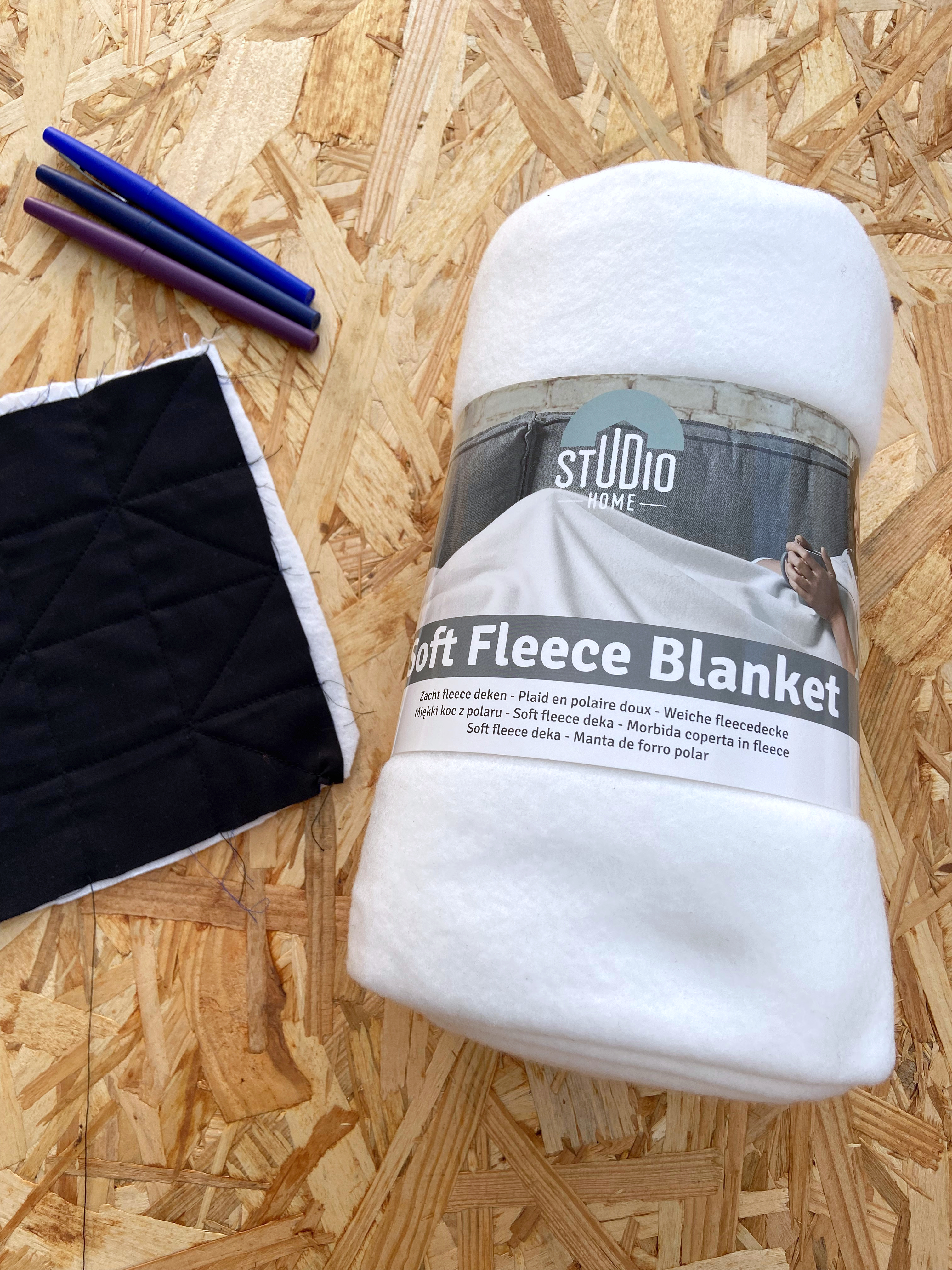
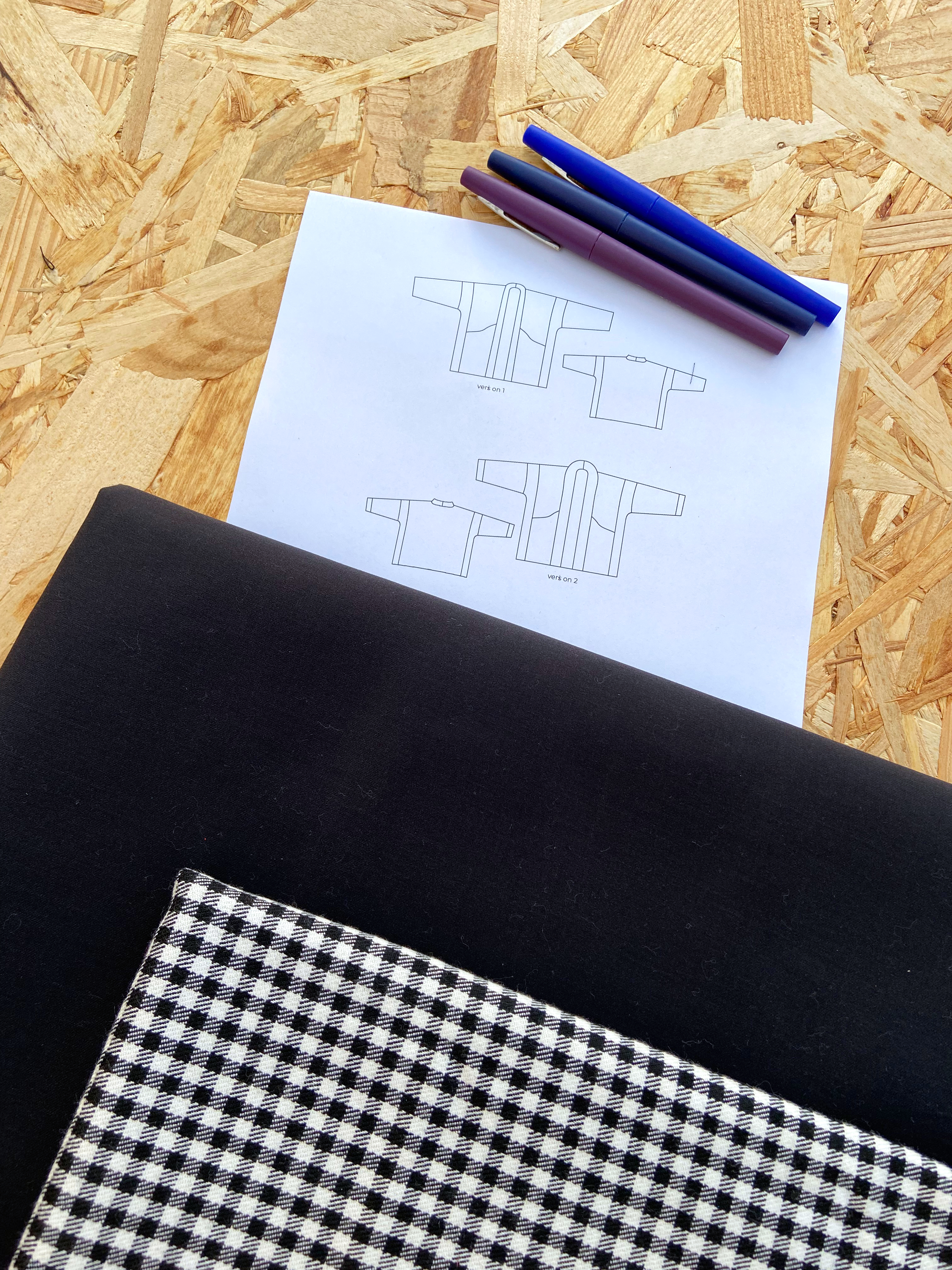
 The pattern and instructions
The pattern and instructions
The pattern is available in A4 or A0 formats as a PDF.
I opted for the ‘A4 Letter’ version, so the pattern prints over 60-odd pages. Assembling the garment is greatly helped by the first page, which shows the layout of the different pieces, and also by the mirror images, which come together to form one. It takes a good hour to put it all together, so I suggest the version A0 if short on time.
Once assembled, I traced the different pieces in the chosen size (size 40). The summary, available on page 5 of the instructions, means nothing is forgotten, and proves to be very useful. The cutting plan (pages 6 and 7) helps position the different pieces on the fabrics.
The way the ‘Pekka’ jacket is assembled is clever and quick. All the pieces fit together perfectly. The sewing is made easier by clear explanations and illustrations.
Ready To Sew also offers step-by-step photo instructions, with a video for the lining. I’m not usually a fan of video instructions, which I often find too fast and/or tedious. The one for the ‘Pekka’ jacket lining is very clear and isn’t rushed. It allowed me to carry out this step without any difficulty.
Two small details in the instructions were missing. In the introduction, a descriptive text distinguishing the two versions of the jacket more clearly would be useful. Before starting a project, I skim-read the instructions, and I didn’t notice the summary of the pattern’s pieces. I thus only realised there were two versions of the sleeves once the paper pattern was assembled.
Also, a table summarising the measurements for the finished jacket would help with the choice of size.
Ultimately, the ‘Pekka’ jacket is quick to make, and the outcome is very gratifying. Furthermore, the pockets and lining make this garment very interesting to sew.
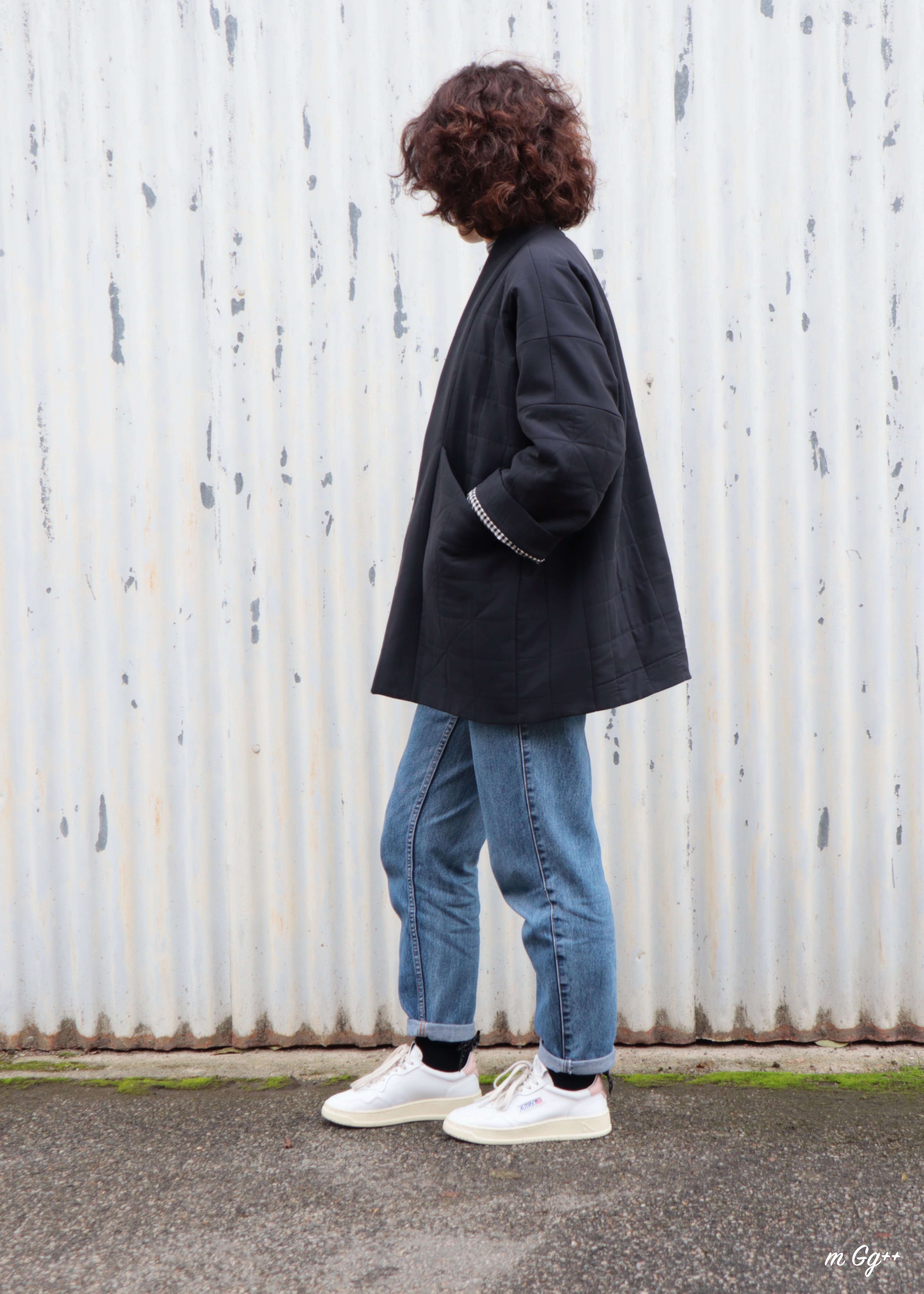
 My Pekka jacket
My Pekka jacket
Before sewing my ‘Pekka’ jacket, I didn’t make a toile due to the ‘oversize’ cut. I simply checked the length from the collar to the sleeve bottom on the paper pattern, making sure to take away the seam allowance of 1cm, which is included in the pattern. Being taller than the expected height, I was unsure about the length of the sleeves. After verifying, I made no changes.

My version was entirely lined by sewing machine. It varies depending on the different pieces.
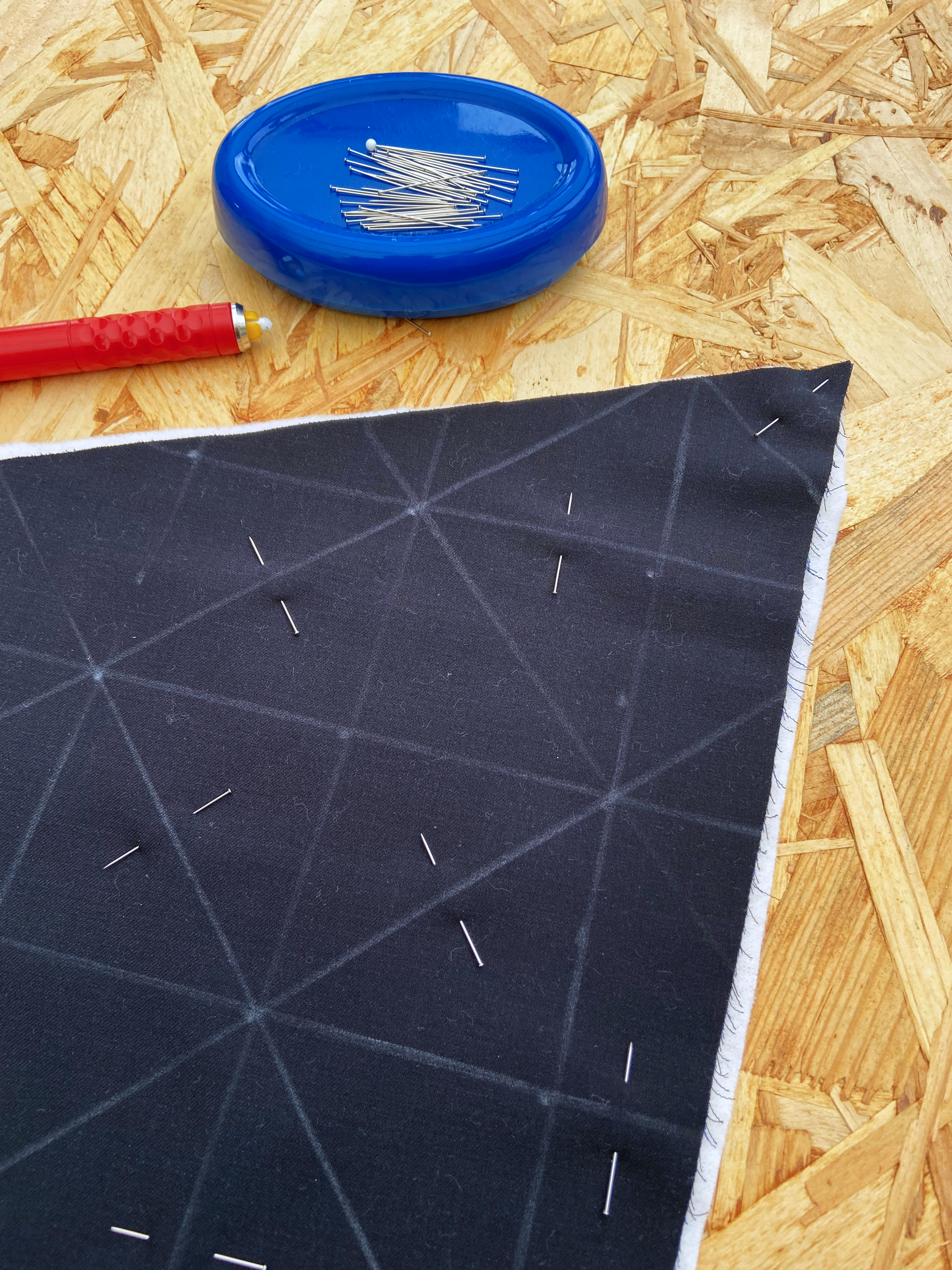
For this one, I cut the pattern in the outer fabric and fleece. I layered the two fabrics. Using a chalk pencil and a ruler, I traced the future topstitching, making sure the fabrics would join up when sewn. I held it all together with pins, placed perpendicular to the future seams.
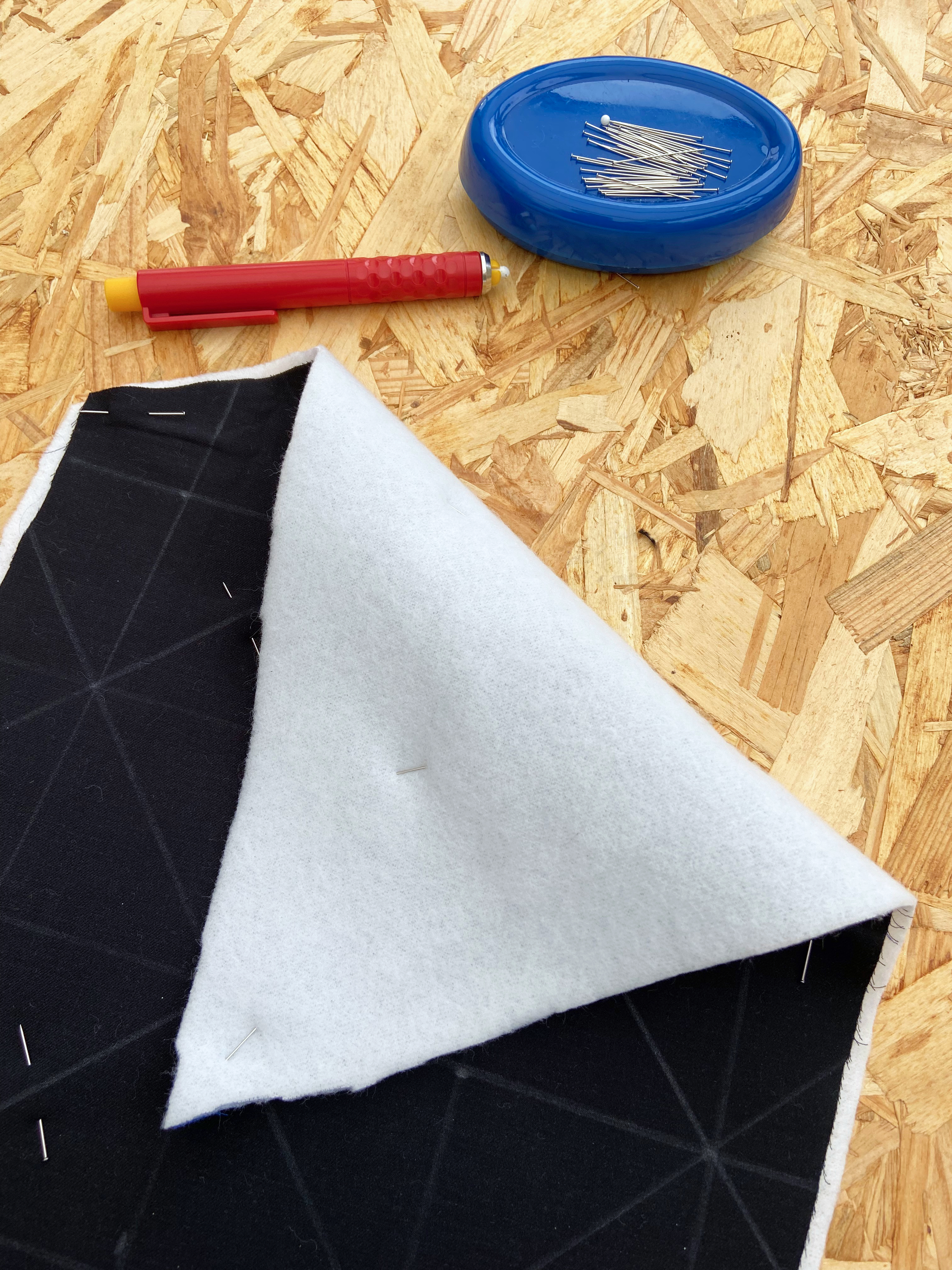
Once the pattern piece was prepared, I lined it. I used the straight stitch of my machine, set at a length of 3. Once lined, each piece was ironed before putting it all together.
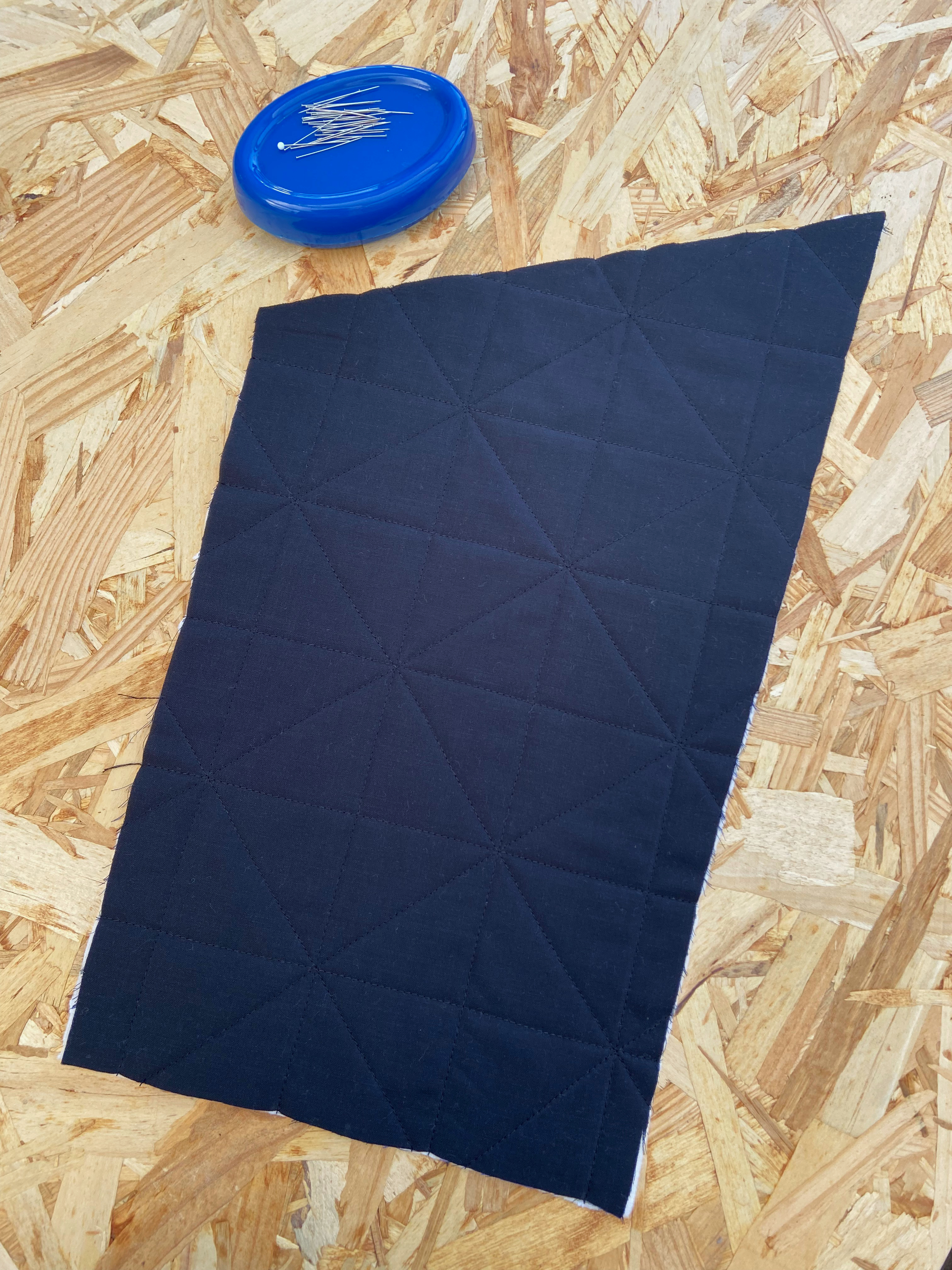
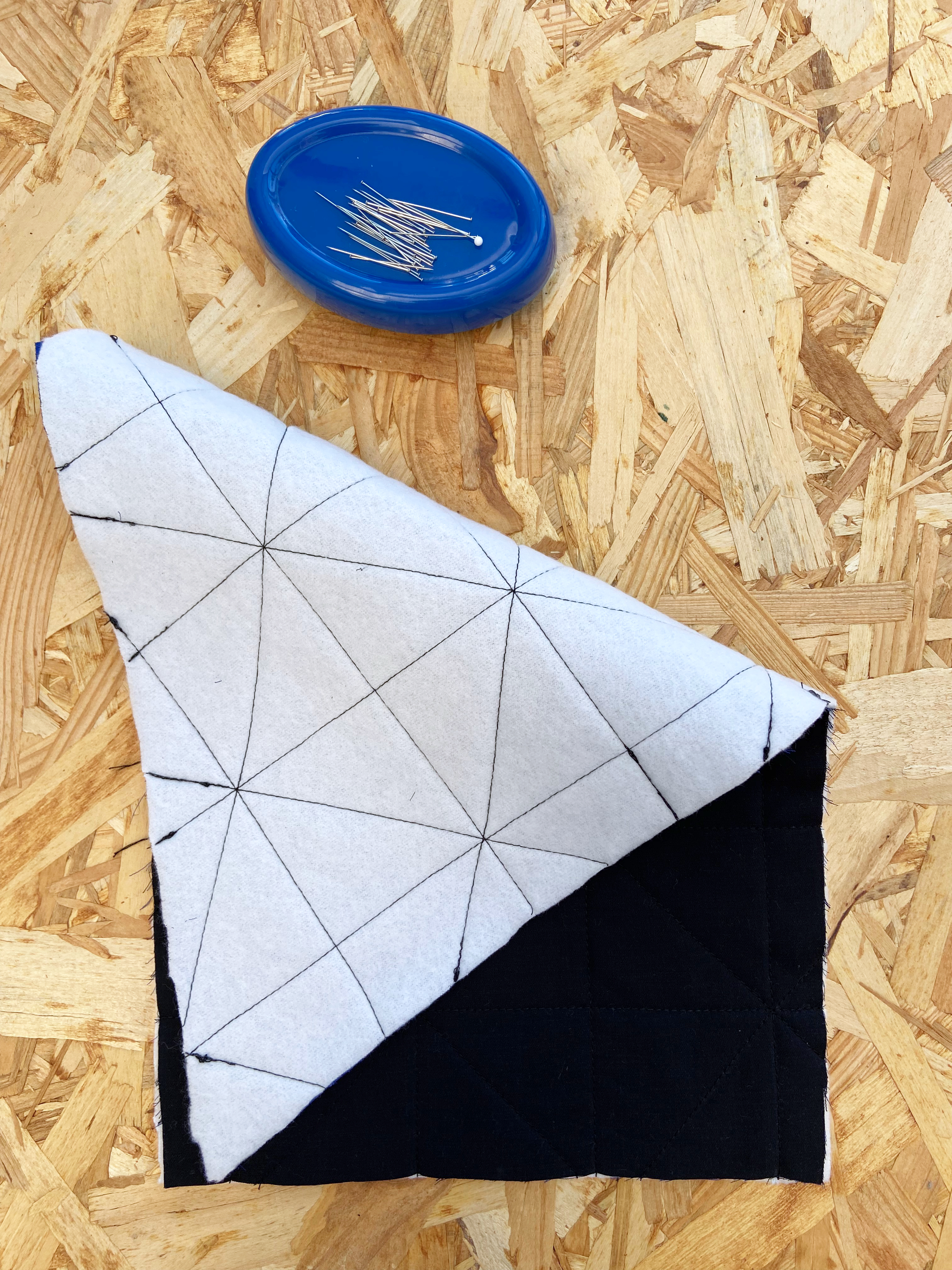
 Final thoughts
Final thoughts
To conclude, ‘Pekka’ is very well cut and very comfortable. I don’t regret my choice of inner fabric, which at no point stops me pulling the jacket on over a T-shirt or a thick jumper. I love it!
Many thanks to Ready To Sew for this very high-quality pattern.
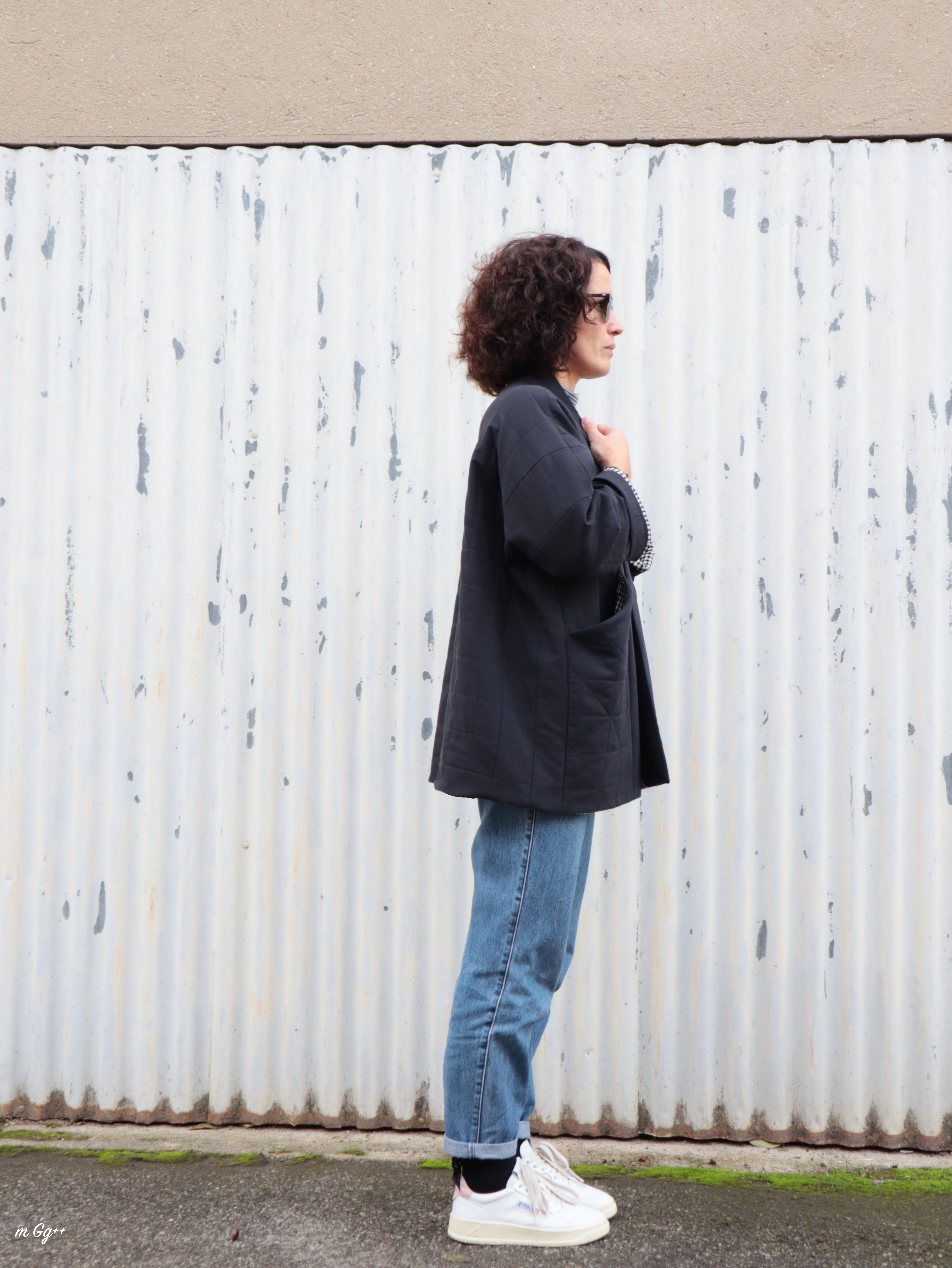

![]()
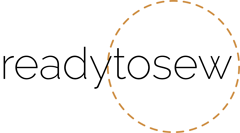
waist 34 hip 43.
Thank you